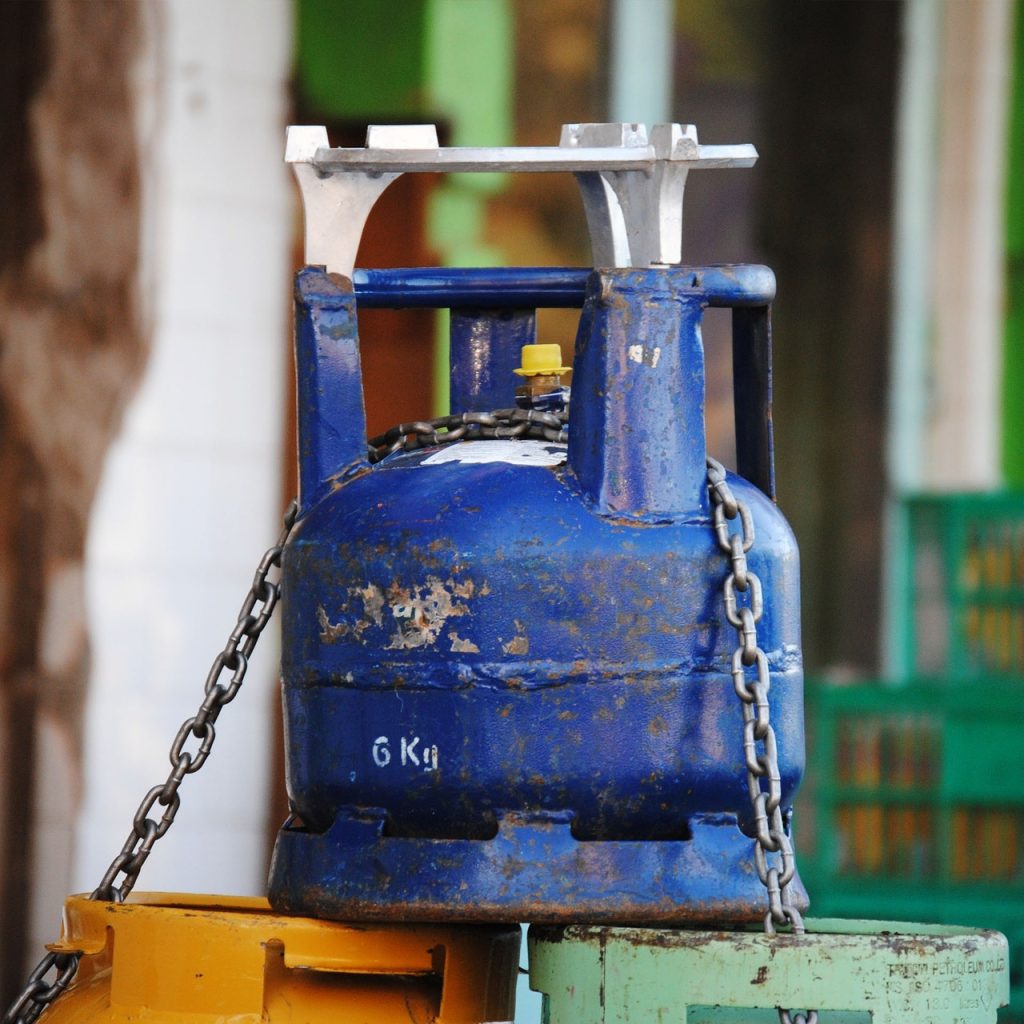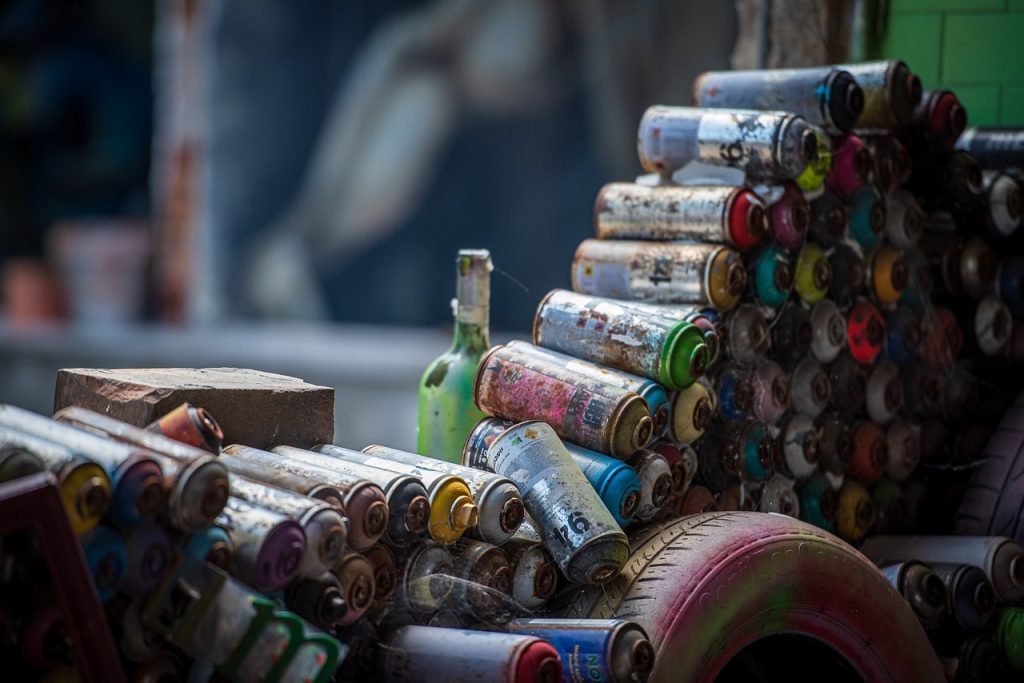- Segregate the ice packs and gel packs into their inner gel and outer plastic components.
- For the inner gel:
- Reuse the gel by refreezing for future use.
- If the gel is non-toxic and biodegradable, mix it with soil as a moisture retention agent or add to compost.
- For the outer plastic bag:
- Check the recycling information on the packaging.
- Drain out the gel and rinse the plastic with soap water.
- Drop off the clean plastic at a local recycling center.
- Consider reusing ice packs for personal use, such as cold compresses, coolers, or donate to local food banks or animal shelters.
How to Recycle and Reuse Ice and Cold Packs: A Guide for Sustainable Disposal of Perishables
Wondering how to dispose of ice packs and gel packs sustainably? You’re not alone. Many people are stuck questioning, “how can I recycle these ice packs?” Thankfully, I’ve got great news for you. It’s not just possible to recycle, but it’s also quite easy. You just need to know the right disposal instructions to follow, and we have your back.
Here at Ethical Waste, we’ve been diligently working on creating a comprehensive guide to help our community dispose of their ice packs sustainably. Many icepack companies have also played an essential role in providing some basic guidelines to recycle these cold packs. Their disposal instructions are easy to follow and very comprehensive, making the task of recycling much more accessible and understanding towards the needs of both business faq and consumer faq. So, let’s delve into the FAQ disposal.
The first step towards the goal of recycling is the segregation of ice packs and gel packs. These packs usually have two parts. The inner part often contains a non-toxic gel, simply referred to as ‘gel’. This gel is reusable and can be employed in different kinds of ice packs. Alternatively, companies have started to propose ways of how this gel can be flushed or mixed with soil to act as a moisture retention agent for plants. It helps in reducing the plastic usage while boosting the growth of our greens.
The outer part of the ice packs and gel packs is typically a plastic bag. Plastic isn’t biodegradable and tends to cause several environmental issues when disposed of irresponsibly. However, most ice packs and gel packs come with recycling information on their packaging. The plastic materials used are generally recyclable and can be dropped off at your local recycle station once you have drained out the gel.
After you have separated the gel and plastic, next comes the recycling part. Many local recycling centers accept the plastic shell of the packs. It’s necessary to ensure that the plastic is clean and free from gel before sending for recycling. You can use soap water to rinse and prepare for recycle. However, if your local recycling center doesn’t accept these types of plastic, make sure to ask them for possible alternatives or other station contacts. They’re often listed in a business faq or consumer faq, making them easy to access.
When it comes to recycling and reusing ice packs, a bit of creativity can also play a big part. Many people choose to reuse their ice packs. They can be used for injuries, kept in coolers to keep food cold on a trip or simply stored in the freezer for future use. Just be sure the pack is sealed tight and won’t leak.
The same rule applies to the gel from gel packs. Many people find them helpful in various situations. The gel can be refrozen repeatedly without losing its ‘coldness’. This viable property makes them perfect for reuse.
On a final note we believe in the sustainability of our environment, and each ice pack sent for recycling instead of the trash makes a big difference. All these methods of recycling can be easily found on our platform under FAQ disposal. Additionally, always refer to the disposal instructions provided with the packs for exact disposal and recycling guidelines.
If everyone contributes a little towards sustainable disposal of their used ice packs, we can make the environment a little less burdened. It’s possible if we decide to recycle – and in cases where possible, reuse. Remember, every small step counts, and every ice pack recycled correctly makes a big difference.
Waste to Worth: How to Dispose and Reuse your Ice Packs and Make your Perishables Recycling Friendly
Have you ever considered that your food delivery could be more environmentally friendly? All that packaging that comes with your delivery, especially plastic ice packs and gel packs, don’t have to end up as waste. That’s right! These items can be recycled, reused, or better yet, turned into free range compost. I’m about to offer a comprehensive guide on how to dispose and reuse your ice packs effectively, converting waste to worth, and making your perishables recycling friendly.
Firstly, when it comes to handling waste, it’s important to know the type of waste you’re dealing with. Understanding whether something is recyclable or not is fundamental. Ice packs generally have two components: the plastic bag that holds the gel, and the gel itself. Surprise, surprise, both can be had a second life.
When ice packs can no longer maintain the required low temperatures, consider ditching the “disposable” tag and opt for “reusable”. You can use them for personal use, like a cooler for a picnic or beach trip, or even to keep your food fresh on the way back from the grocery. If you often need a cold compress for injuries, ice packs can come in handy. Just pop it in your freezer and reuse it when needed. You can also donate them to local food banks or animal shelters, where they can serve a function instead of adding to the waste problem.
The plastic bag that houses the gel in ice packs is often made of #4 plastic, which is recyclable in many areas. Be sure; however, to empty the gel before chucking the bag into the recycling bin. Although it’s plastic, gel can’t be recycled in the conventional way. However, don’t be too quick to designate it as waste.
Did you know gel is essentially water with additives? Most are non-toxic and can be disposed of in your regular waste stream. Yet, we’re focusing on turning waste to worth. Some manufacturers produce gel packs with plant-based gels, which means they’re non-toxic and biodegradable. Squirt the gel into your compost bin and let nature do its thing. Organic waste is great for the soil, providing nutrients for plant growth and improving soil structure. So why not let this form of waste contribute to our natural eco-system?
You might think that the refrigeration required to keep the ice packs cold for delivery would result in energy consumption. Well, what if I told you that you could help to offset that? Returning plastic bags used for delivery to the grocery store for recycling can help lower your carbon footprint. In fact, plastic bags recycled through store programs often end up as composite lumber or plastic furniture.
Let’s not turn a blind eye to the fact that a huge amount of waste is generated in food transportation and consumption. Offering plastic-free and compostable packaging options can make a vast difference in waste production. However, as consumers, we also have a pivotal role to play. Choosing to recycle and reuse can contribute to a decrease in waste production on a large scale.
So, the next time you get a food delivery, remember the worth in your waste and question how it can be reused. Look at that bag of gel in your ice pack and see a compost assistant. Look at that plastic exterior and see a reusable asset. The power of green living is in your hands. Make choices that makes your perishables recycling friendly. Remember, to live sustainably isn’t just a fad, it’s a necessary way of living for the future of our planet.




